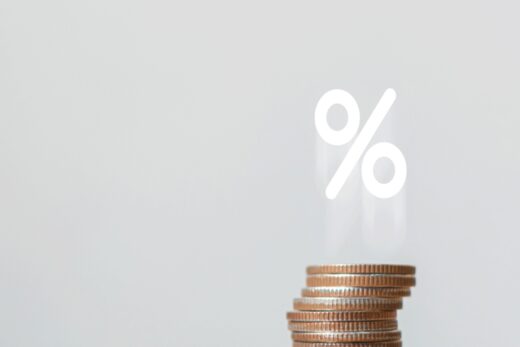RBI has released the latest average base rate which works as a benchmark interest rate for Non Banking Financial Companies (NBFCs) and Micro Finance Institutions (MFIs). This rate is the average base rate of 5 largest commercial banks in India which has fallen by 0.15% from 7.96% to 7.81% for the quarter ending March 31, 2021. There has been an overall reduction of 1.4% within last 2 years as this rate was 9.21% for the quarter ending June 30, 2019.
At the end of each quarter, the RBI releases this data which works as a benchmark for the NBFCs and MFIs to arrive at the interest rate they charge from the borrowers in the following quarter.
Individuals who are planning to take loans from NBFCS or MFIs will get the advantage of the reduced rate of interest on all types of loans. As far as existing borrowers are concerned, only those who have taken loans on floating rate basis will get the advantage of this reduction.
The interest rates charged by many NBFCs and MFIs on loans have traditionally been on the higher side. RBI took the decision to regulate the interest rate pricing by NBFC and MFI by providing a benchmark in the form of average base rate of the 5 largest commercial banks.
Till March 31, 2013, all such lenders were allowed to keep a margin of 12% above their cost of funds when charging interest rates while extending loans to their borrowers. While small lenders can still charge 12% margin above their cost of funds however the bigger lenders, who have loan portfolio exceeding Rs 100 crores, cannot keep this lending margin above 10% from April 1, 2014.
However, in addition to the above there is a cap on the interest rate that can be charged from borrowers. The maximum interest rate cannot go beyond 2.75 times of the average base rate of the 5 largest commercial banks. Therefore, this average rate is the final limit up to which interest rate can be charged.
As the current average base rate released by RBI is 7.81% therefore the maximum rate charged by these lenders can not go above 21.48%. This is a huge relief for the borrowers who have often been paying one of the highest interest rates being charged on consumer loans.



